Do you ever feel the need to be more creative? When’s the last time you tried something new, like ceramics, drawing or painting?
At the beginning of the year, I decided to make time for more creative and artistic endeavors, and painting was calling my name. I had no idea where it would lead, but I knew I needed to let go a little and do more with the more creative part of my brain.
So I signed up for a month-long, weekly watercolor class. As I was learning to paint, I started making connections between art, creativity and the way I approach a new situation or project. Issues around taking action, dealing with frustration, perfectionism and going with the flow all came up while I was painting . You can see some of my paintings and read more about the leadership lessons I learned here.
Six months later, I am running workshops that integrate leadership development and painting. Designed to help people use their creative potential to become stronger leaders, The Art of Stronger Leadership workshop is born!
The fact is I’ve been using art in my training for years. You can always find me in possession of a big bag of markers and giant sticky notes at a workshop. Draw your strengths or your vision; create a mind map; decorate a puzzle piece; draw your ideal day, etc., etc.
Drawing helps translate words into images and can create a more quiet, relaxed mind. You can lose track of time, get into what you're doing and let your mind wander. Combining words, images and the movement of drawing can result in new insights, increased creativity, more clarity and greater focus. Even doodling can help you process information more efficiently as you activate more parts of your brain.
Coloring is also enjoying a resurgence, with adult coloring books among Amazon's top sellers. And look what I saw in the entry of Barnes and Noble the other day. Coloring is a great stress reliever and leads to greater imagination, creativity and freer thinking.

You probably won’t be surprised that I came up with the idea for the Art of Stronger Leadership while painting and decided to take action and offer it to other leaders who want to get more creative.
Creative Connections
On the day of the workshop, all the elements were in place. I was working in an art studio with two professional artists who were there to lend their technical and creative expertise to the painters. A diverse group of women registered to attend. I was ready with a great agenda, handouts and, of course, snacks.
As people arrived at the studio, their excitement was palpable. A few had recently gone to painting classes, so they were primed (get it??) to paint again. Another claimed she was “not creative” but looked forward to an opportunity to see what she could do with paint. Another hadn’t picked up a brush since elementary school.
Half of the women were entrepreneurs with their own businesses, and the other half held a leadership role in nonprofit or for profit organizations. They all had one thing in common: an interest in clarifying and strengthening their leadership style and vision through painting.
Reflect, Envision and Create
After introductions, snacks, and a brief presentation, the workshop had three phases:
- Reflect on what makes you a stronger leader
- Envision your future as the leader you want to be
- Create a painting that captures your positive view of the future
Reflect. Using a process inspired by Appreciative Inquiry, each person recounted a “peak” leadership experience. Think of a time when you were at your best as a leader. Recall the details and circumstances of what went well and how you did it. What strengths did you use? Who else was involved?
 The exercise was an interview that proved to be a powerful experience for all. Learning from your past success is a positive foundation when you begin to visualize what you want in the future. Also, sharing your success with someone else can be uplifting for both interviewer and interviewee. One participant said,
The exercise was an interview that proved to be a powerful experience for all. Learning from your past success is a positive foundation when you begin to visualize what you want in the future. Also, sharing your success with someone else can be uplifting for both interviewer and interviewee. One participant said,
“I loved the way we discovered our vision and story through the interview. It was great to tell someone my dreams and vision and also wonderful to hear about my partner’s peak experience as a leader.”
The interview concluded with a question about wishes for leadership in the future, especially in the context of the peak experience. Where do you want to see more of those success experiences in your leadership style? Maybe you want to be more collaborative or manage a larger team. Maybe you want to change your position altogether. Determine what you want, and turn it into a wish.
Envision. The interview about the peak leadership experience and three wishes set the stage for a guided visualization. Picture where you want to be as a leader in 5 or 10 years. What will your life look like when your future wishes and aspirations have come true?
This vision and the images related to it became the basis of the painting.
Create. The moment everyone was waiting for: painting a piece that represents your vision and wishes for yourself as a leader. After sketching some ideas, time to put paint to canvas.
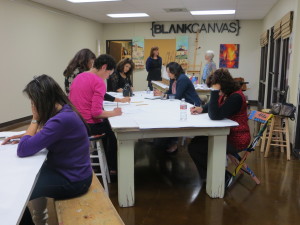
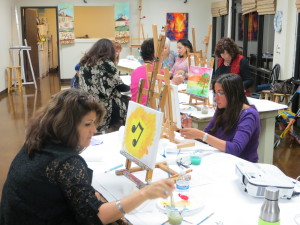
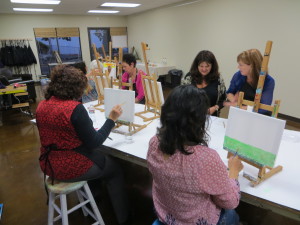
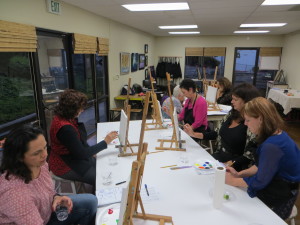
Some jumped right in and started painting. Others needed more support, guidance and time to decide where to start. Especially for those who hadn't painted, they experienced varying levels of uncertainty (“Where do I start? What do I do next?"), frustration (“This does not look how I want it to.” "Can I have another canvas?") and ultimately acceptance and appreciation (“That really captures my feeling.” “I kinda like the shading of the green on that hill.” “That's not so bad.”).
Having artists work with them helped build confidence and learn some technical skills that helped them paint the images they imagined.
Masterpieces
I was blown away by the beauty, depth and insights achieved in these painting.
One painter realized one of her goals as a leader was to incorporate more joy into her life and leadership style. Her painting reflected this.
Another realized that while she always strived to create abundance for her clients, she was less focused on creating abundance for herself.
Another realized she needed to focus more on the harmony of her team and how people's individual strengths could complement each other more effectively
Another painted a colorful landscape with birds representing the carefree members of her team.
So fun!
I love the wonder and surprise you feel when you create something unexpected through art. The sense of accomplishment when you say, “I made that.” One of the more hesitant participants said, “The creative outlet is fantastic – I got soooo out of my zone.”
That's what it's all about.
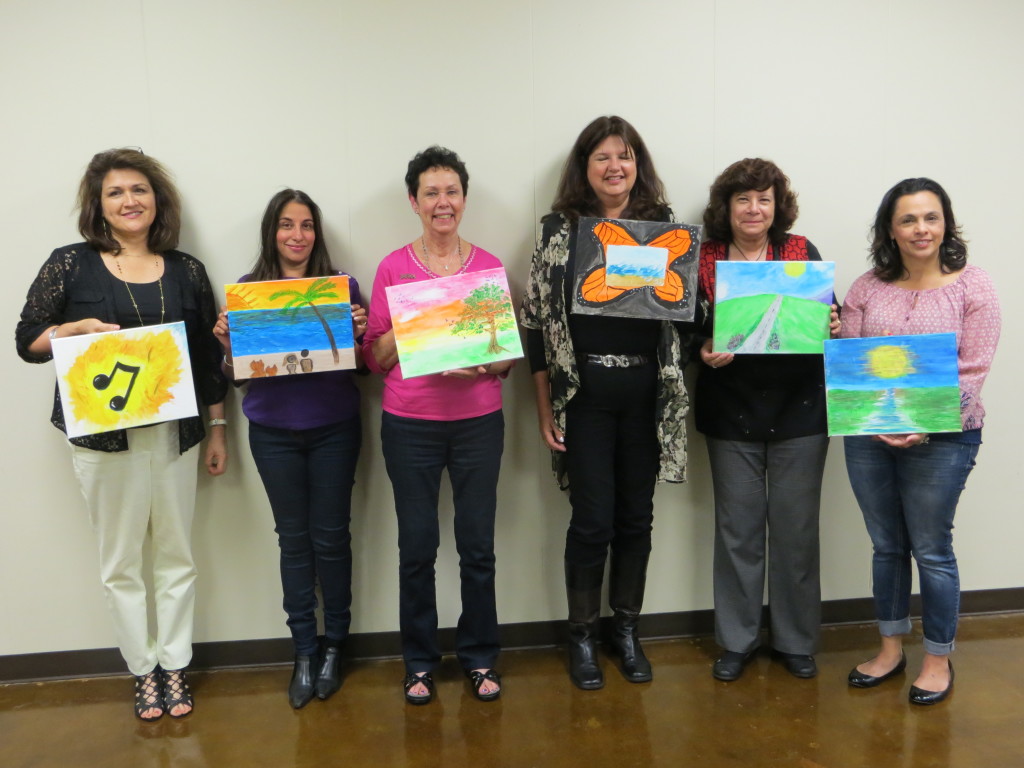
Are you ready to get out of your comfort zone, get creative and see where it leads you? You might surprise yourself! Share your experience in the comments. You can also post a picture of your recent artistic endeavors at www.facebook.com/optimaldevelopmentcoaching. How do art, creativity and imagination make you a stronger leader?
If you're in the area and would like to explore your strengths, goals and leadership vision through art, join us for the Art of Stronger Leadership.
Our next workshop is scheduled! Click on the dates below for more information.
Monday, February 29th, 5:30pm-9pm

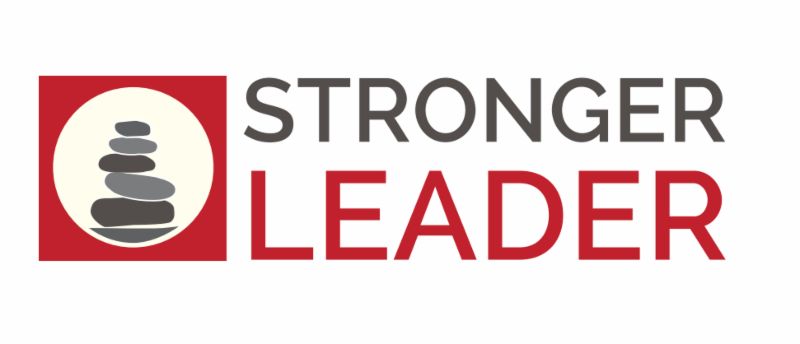


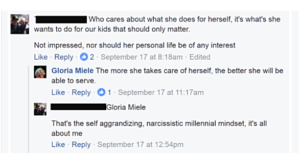





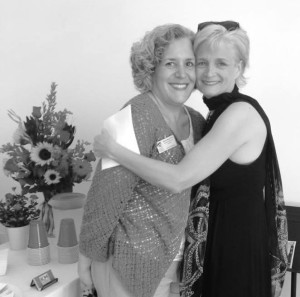

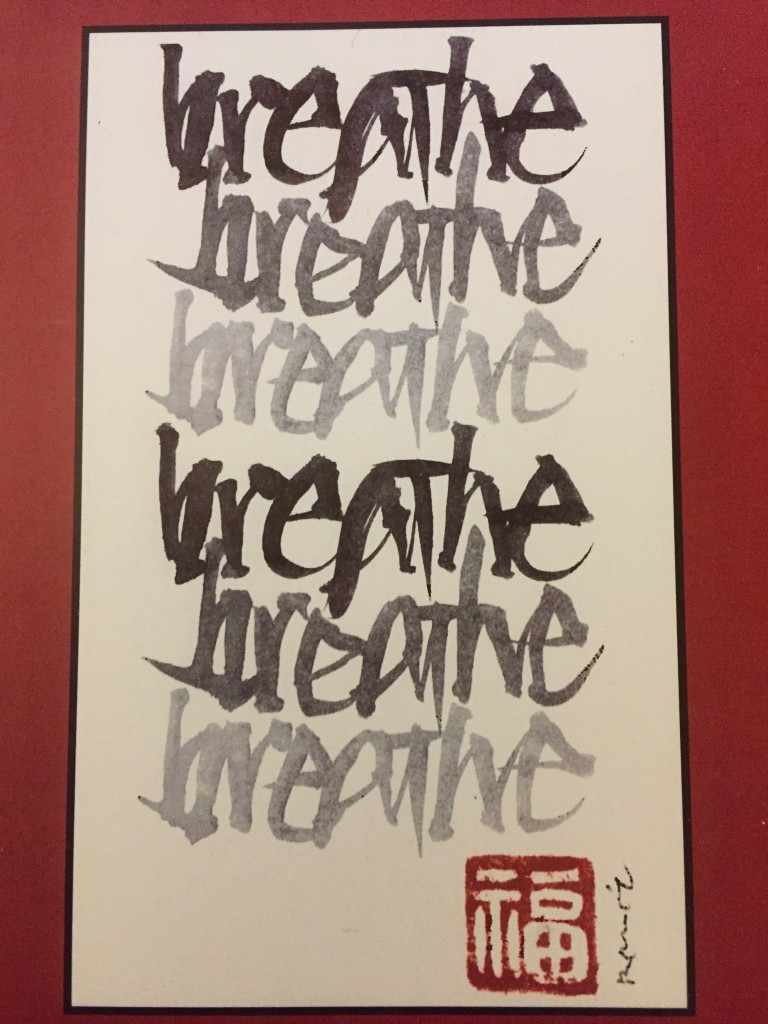












 The trend is to give team leaders the tools they need to function at their best and to offer personalized advice, coaching and recommendations for action to their teams. That's what will create more effective organizations.
The trend is to give team leaders the tools they need to function at their best and to offer personalized advice, coaching and recommendations for action to their teams. That's what will create more effective organizations.




